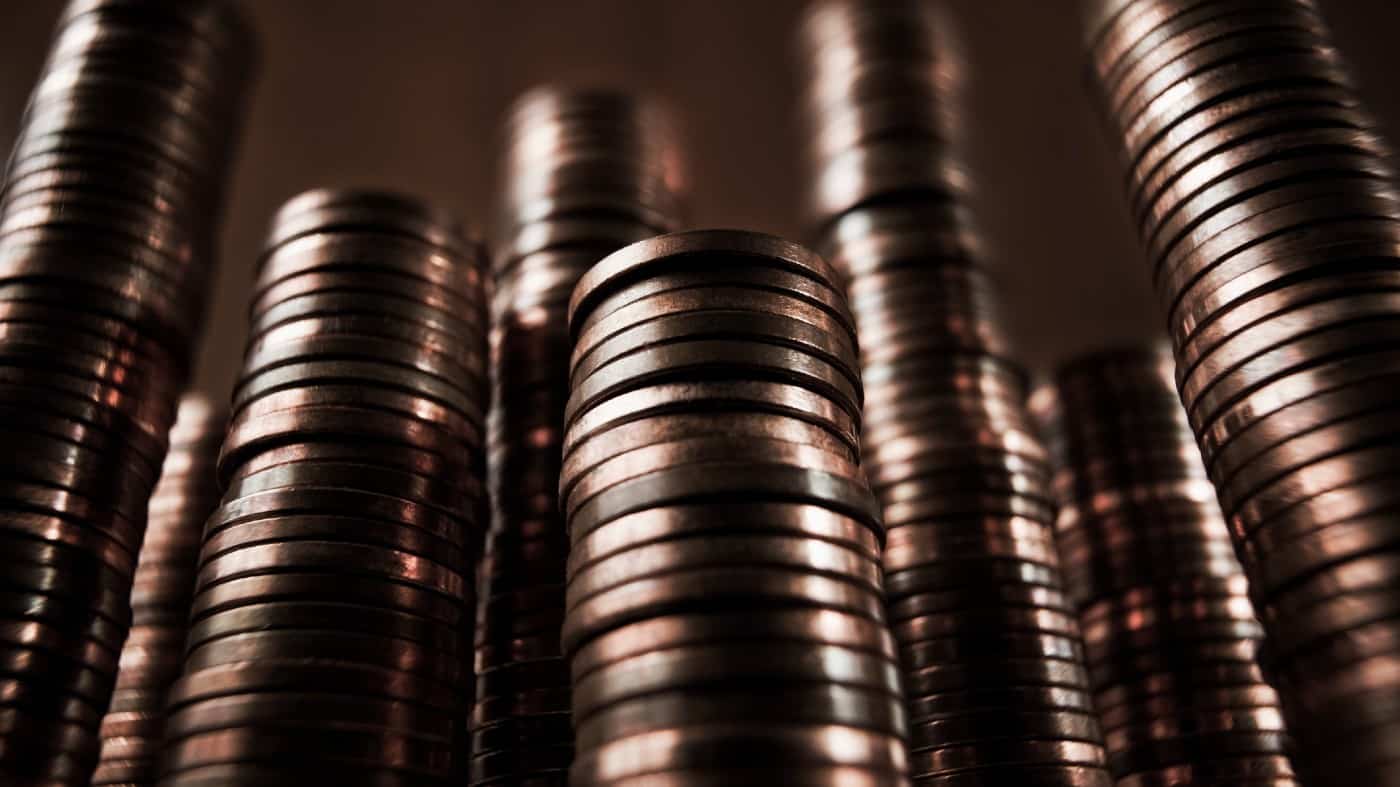If a very kind stranger offered you the choice of a million pounds today, or 1p doubled every day for a month, which would you choose?
I’m sure many people would take the £1m, and I can’t blame them. After all, that’s the sort of money that could fund a luxury round-the-world holiday. And there might still be enough money left over for a single Class A share of Berkshire Hathaway, which currently stands at $537,780!
But would taking immediate millionaire status really be the best option? Or would the delayed gratification route ultimately prove more enriching? Let’s find out.
Wheat on a chessboard
First, I should note this mathematical exercise has been formulated in different ways for many centuries. Probably the most well-known involves wheat on a chessboard.
This is how Wikipedia expresses it in textual form: “If a chessboard were to have wheat placed upon each square such that one grain were placed on the first square, two on the second, four on the third, and so on (doubling the number of grains on each subsequent square), how many grains of wheat would be on the chessboard at the finish?“
The answer is 18,446,744,073,709,551,615 grains of wheat. Wow!
However, many readers will be aware that a chess board has more than double the amount of squares (64) than a month has in days. So how would much would 1p doubled over 31 days be? Here are the calculations.
| Day | Amount |
| 1 | £0.01 |
| 2 | £0.02 |
| 3 | £0.04 |
| 4 | £0.08 |
| 5 | £0.16 |
| 6 | £0.32 |
| 7 | £0.64 |
| 8 | £1.28 |
| 9 | £2.56 |
| 10 | £5.12 |
| 11 | £10.24 |
| 12 | £20.48 |
| 13 | £40.96 |
| 14 | £81.92 |
| 15 | £163.84 |
| 16 | £327.68 |
| 17 | £655.36 |
| 18 | £1,310.72 |
| 19 | £2,621.44 |
| 20 | £5,242.88 |
| 21 | £10,485.76 |
| 22 | £20,971.52 |
| 23 | £41,943.04 |
| 24 | £83,886.08 |
| 25 | £167,772.16 |
| 26 | £335,544.32 |
| 27 | £671,088.64 |
| 28 | £1,342,177.28 |
| 29 | £2,684,354.56 |
| 30 | £5,368,709.12 |
| 31 | £10,737,418.24 |
The final figure after 31 days of doubling is £10.7m!
With the benefit of hindsight, then, you’d be kicking yourself if you’d snapped up the initial £1m on offer.
Using compound interest to build wealth
Unfortunately, it’s not realistic to expect my money to double every day (or even year). But the good news is that it doesn’t have to in order to reach a substantial sum. Indeed, countless people have generated huge wealth at far lower annual rates of return than 100%.
Billionaire Jim Simons, the founder of quantitative hedge fund Renaissance Technologies, compounded money at 66% annually between 1988 and 2018. That is thought to be the greatest investment record on Wall Street.
Warren Buffett‘s long-term average annual return is just under 20% per year. Yet he is among the wealthiest investors alive because he has been compounding such returns since the 1950s. As we saw with the chess board example, the difference between 31 and 64 can be mind-blowingly enormous.
What this means is that the power of compounding returns can boost my wealth significantly over long periods of time. And that’s even with quite modest sums of money. For example, £500 invested every month with an average return of 10% per year would grow to £1m in 30 years.
Given enough time then, compounding can transform regular small amounts of money into a life-changing sum. But the sooner this process begins, the more wealth I can potentially generate.








